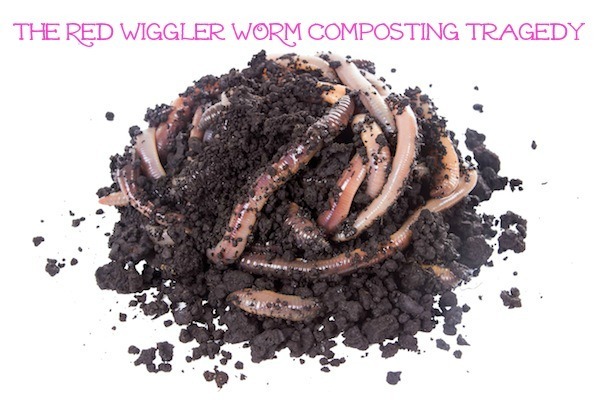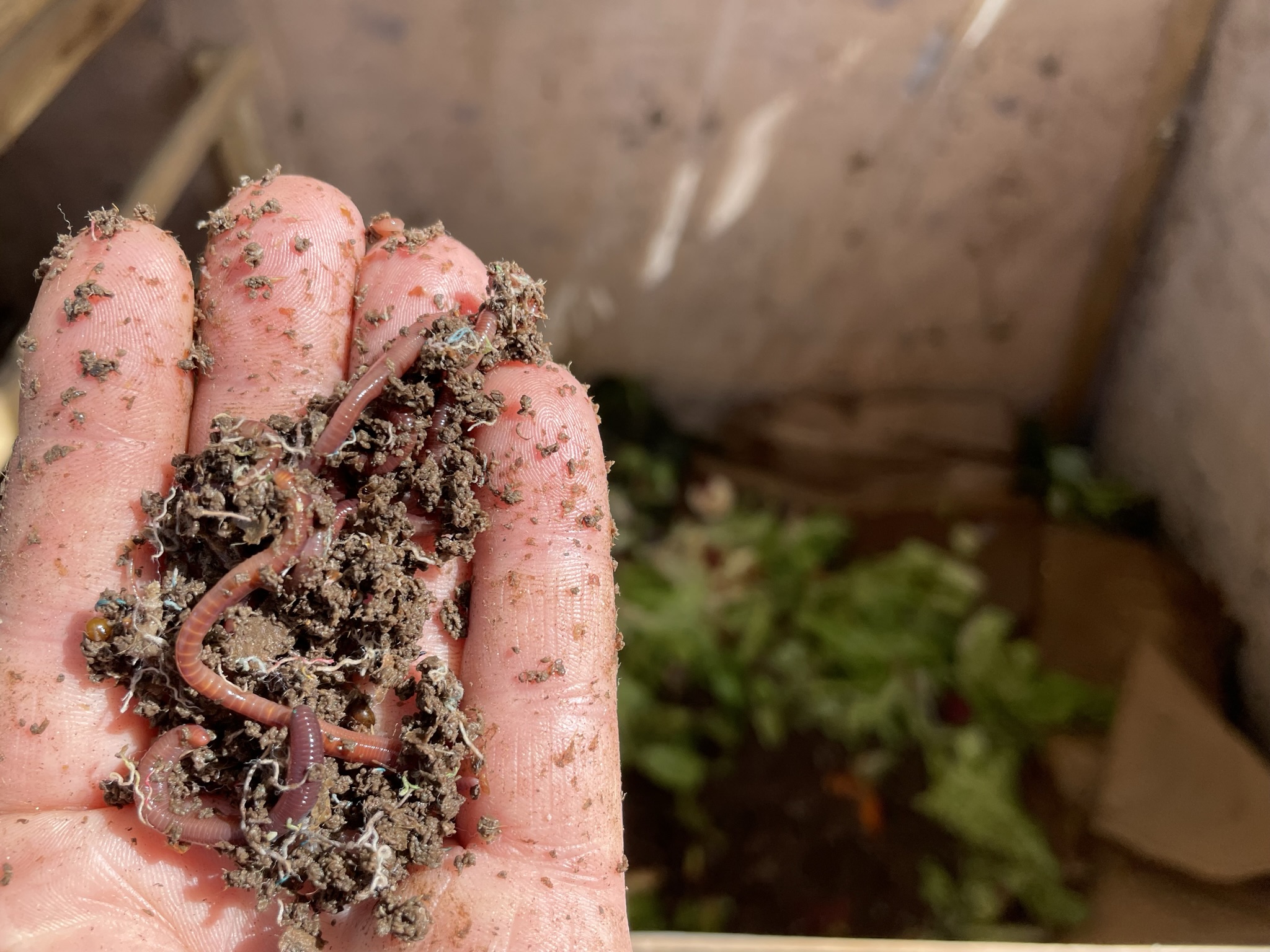Recognizing the Perks of Red Wiggler Composting: How This Efficient Method Transforms Organic Waste Into Nutrient-Rich Soil Changes
Red Wiggler composting, using the varieties Eisenia fetida, presents a compelling technique to natural waste monitoring, converting kitchen area scraps and backyard debris into beneficial dirt amendments. This technique not just improves soil fertility however additionally addresses pushing environmental problems, including landfill waste reduction and greenhouse gas exhausts.
What Are Red Wigglers?
Red wigglers, medically referred to as Eisenia fetida, are a varieties of earthworm that play a critical duty in vermicomposting systems. These worms are characterized by their reddish-brown color, segmented bodies, and a distinct capacity to thrive in organic-rich environments, making them perfect for composting applications - Red Wiggler Composting. Unlike their garden-dwelling counterparts, red wigglers choose to occupy the upper layers of dirt, where decomposing matter is abundant
Commonly determining between 3 to 4 inches in length, red wigglers have a high reproductive price, allowing them to increase quickly under optimal problems. They have an unique digestion system that enables them to refine organic waste effectively, converting it right into nutrient-rich castings, which are extremely helpful for plant development.
Their tolerance to varying moisture levels and temperature level varies further boosts their energy in vermicomposting configurations, making them a preferred choice amongst composting lovers. Furthermore, red wigglers are aerobic microorganisms, which requires a well-aerated composting setting, ensuring reliable disintegration. Recognizing the organic characteristics and habits of red wigglers is vital for enhancing their use in lasting waste administration practices.

Advantages of Vermicomposting
Using the power of vermicomposting deals a multitude of environmental and agricultural benefits. Firstly, it significantly minimizes natural waste in land fills, thereby lessening methane emissions, a powerful greenhouse gas. By diverting food scraps and backyard waste to vermicomposting, we support a more lasting waste administration system.
Additionally, vermicomposting enhances dirt wellness. The castings created by red wigglers are rich in crucial nutrients, microbes, and enzymes, boosting dirt framework and fertility. This nutrient-rich amendment promotes durable plant growth and increases water retention, lowering the need for chemical plant foods.
In addition, vermicomposting fosters biodiversity in the soil community. The introduction of helpful bacteria from worm castings help in disease suppression and nutrient cycling, producing a much healthier atmosphere for plants.
Economically, vermicomposting decreases the expenses linked with chemical inputs and garbage disposal. Farmers and garden enthusiasts can grow top notch fruit and vegetables at lower expenditures, adding to food protection and sustainability.
How to Start Composting
Beginning a composting endeavor can be a straightforward and rewarding process. This will certainly assist preserve a well balanced temperature level, critical for the this post composting process.
Gather natural products such as kitchen scraps, yard waste, and shredded paper. Objective for a balanced mix of 'green' products, high in nitrogen (e.g., fruit scraps, coffee grounds), and 'brownish' materials, abundant in carbon (e.g., dried leaves, cardboard) A ratio of about 2:1 environment-friendly to brownish products is optimal.
Beginning layering your products, making sure adequate air circulation by transforming the heap on a regular basis. This advertises cardiovascular disintegration, minimizing smells and speeding up up the process. Screen dampness levels; the garden compost ought to seem like a moist sponge yet not extremely damp.
Nutrient Profile of Vermicompost
Composting, especially with red wigglers, yields a nutrient-rich product known as vermicompost. Furthermore, it supplies micronutrients like magnesium, iron, and calcium, cultivating durable plant development and boosting soil wellness.
The microbial activity existing in vermicompost additionally improves its account, presenting beneficial germs and fungis that promote vitamins and mineral schedule and uptake in plants. This organic part aids in reducing plant illness and boosting dirt framework, bring about boosted water retention and oygenation.

Ecological Impact of Composting
The ecological impact of composting, particularly via the use of red wigglers, is diverse and extensive. This technique significantly lowers the volume of natural waste sent to land fills, which consequently lessens greenhouse gas exhausts, particularly methane-- a powerful contributor to environment adjustment. By diverting natural materials from land fills, red wiggler composting not just assists mitigate environmental destruction however additionally promotes lasting waste management techniques.

Additionally, composting adds to carbon sequestration, as the process captures carbon dioxide from the environment and shops it in the dirt. This all-natural procedure aids in combating climate modification while enhancing the soil - Red Wiggler Composting. Overall, red wiggler composting offers a sensible, eco-friendly remedy for waste administration and environmental special info sustainability, promoting healthier environments and a more lasting future
Conclusion
In verdict, Red Wiggler composting offers as a reliable technique for converting organic waste into important soil changes. The process not only improves soil fertility and structure however additionally minimizes ecological problems linked with waste disposal.
Red Wiggler composting, employing the varieties Eisenia fetida, provides an engaging method to organic waste management, transforming kitchen scraps and yard particles right into useful dirt changes. Unlike their garden-dwelling counterparts, red wigglers choose to populate the upper layers of soil, where rotting matter is bountiful.
The castings produced by red wigglers are abundant in necessary nutrients, germs, and enzymes, boosting dirt framework and fertility. The nutrient-rich results of red wiggler task boost dirt structure, increase water retention, and advertise biodiversity within the dirt ecological community.In verdict, Red Wiggler composting offers as an efficient technique for transforming organic waste right into beneficial dirt modifications.